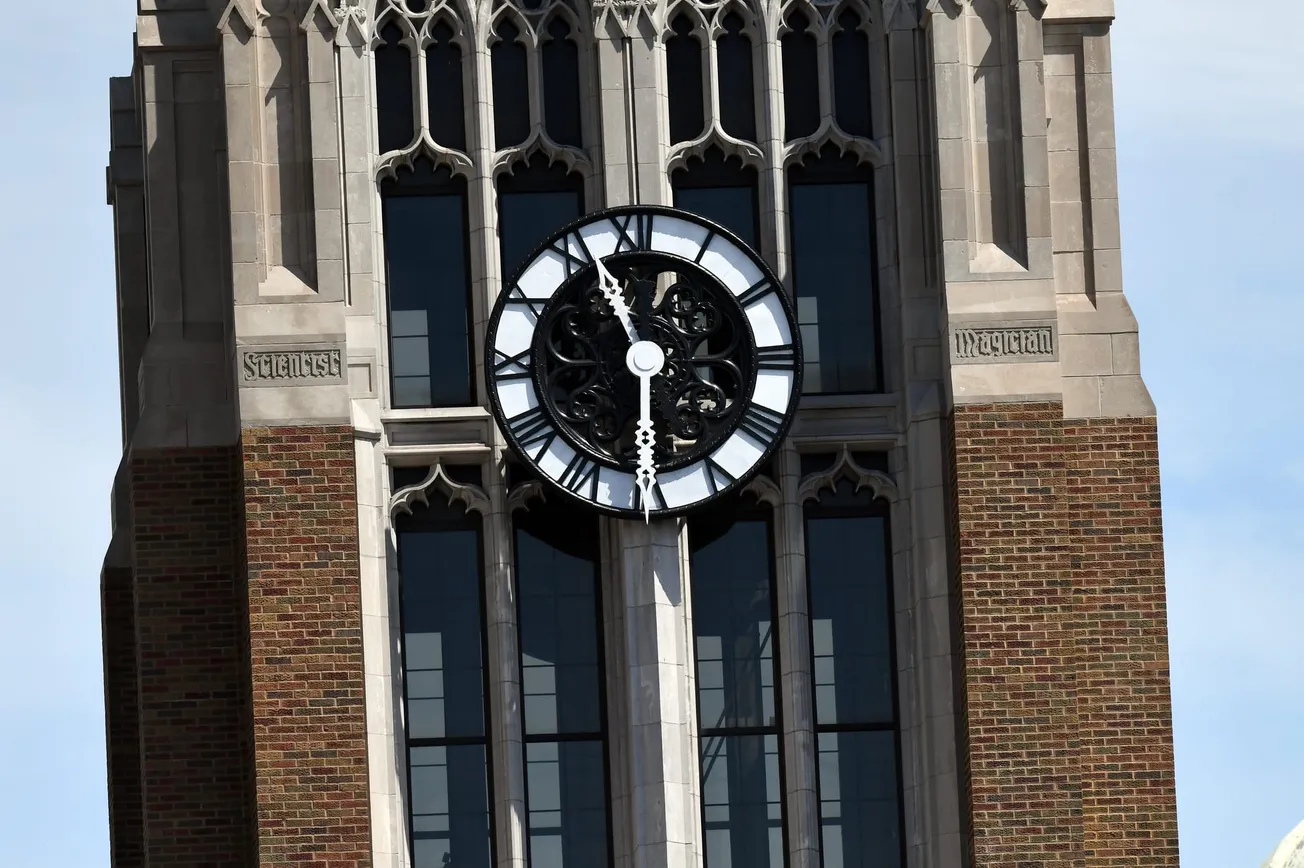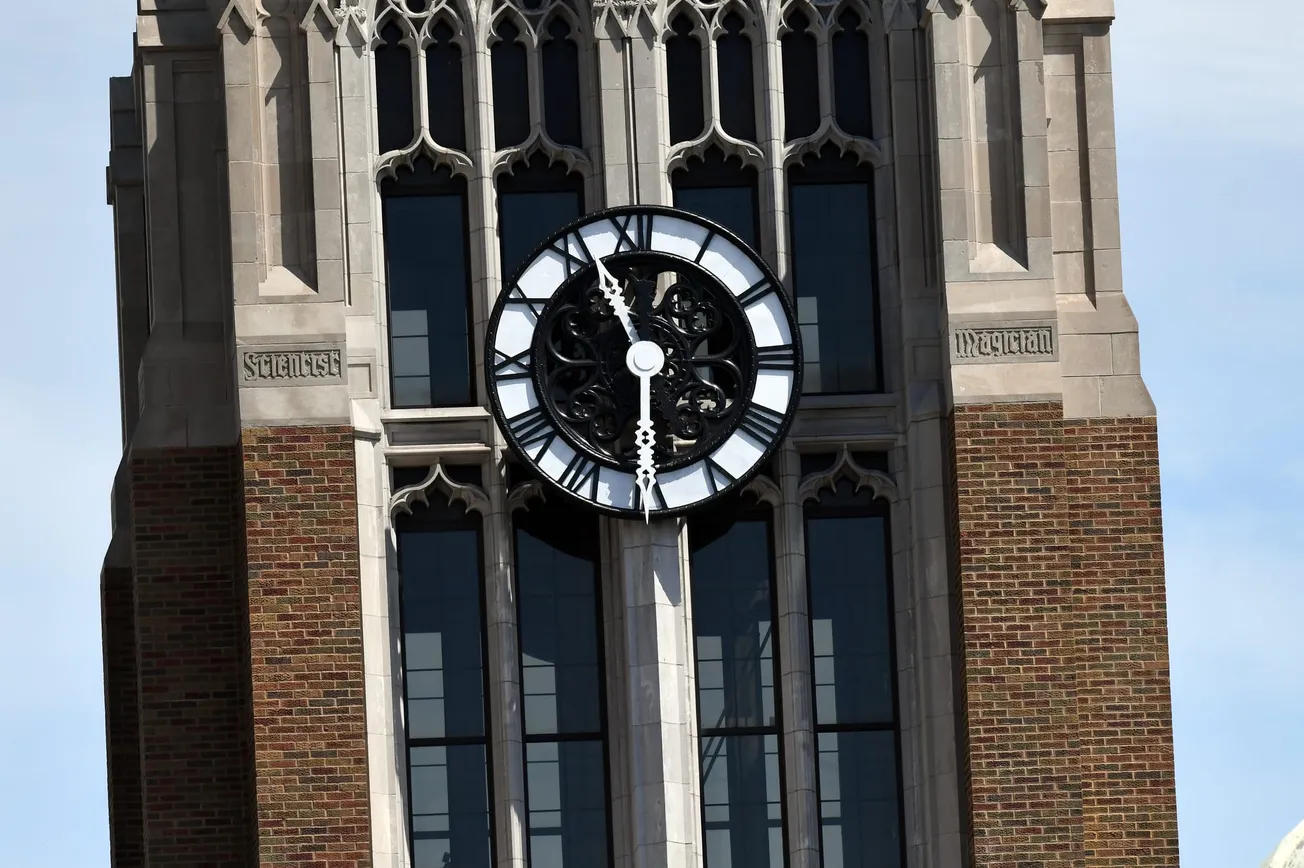
Howie's column is powered by Lyric Kitchen · Bar
Duluth Schools has perfected the levy shuffle.
The board holds its annual Truth-in-Taxation hearing, clicks through the PowerPoint, and assures homeowners that this year’s levy is “reasonable.” What they don’t say out loud is that most of the real action happens behind the curtain, where the board quietly maxes out every state-authorized, board-approved levy bucket it can find — no referendum, no ballot box, just signatures and certified numbers.

Take the last five years. In 2020, Duluth’s certified levy totaled $40.1 million. By 2025, it was $44.96 million — up nearly $4.9 million in five years. That’s a 12 percent increase in a district losing students.
The big mover? Debt service. In 2020, the debt levy sat at $21 million.
By 2025, it’s $27 million. That’s a $6 million jump, driven by Red Plan bonds that taxpayers never voted on but must keep covering until 2032. It doesn’t matter if classrooms close, if enrollment drops, if the district “right-sizes” again — the bondholders get paid first, every December.

Meanwhile, other buckets slid: the General Fund levy dropped from $18 million in 2020 to $17.1 million in 2025, and Community Education fell from $1.05 million to $760,000. But don’t mistake that for relief.
The district didn’t shrink your bill; it shifted the weight onto debt and long-term facilities maintenance — categories the board can max out each year without asking you. That’s the definition of levy creep.
And the state built the stage for it. Minnesota law allows school boards to certify levies up to the maximum set by formulas — long-term facilities maintenance, health and safety, safe schools, community education, and debt service.
Once those maximums are calculated, most boards — Duluth included — simply approve the cap. It’s baked into the system. Truth-in-Taxation hearings aren’t votes; they’re theater.

It’s not just Duluth, but Duluth plays the game harder than its neighbors. Cloquet and Proctor use board-approved authority, but their totals are modest — $5 to $8 million annually. Duluth’s $45 million levy dwarfs them both.
The difference isn’t the rules of the game. It’s how aggressively Duluth decided to play it.
Behind the curtain, this is how it works: the state sets the formulas, the district plugs in the numbers, and the board certifies the maximum. Debt service is untouchable; it must be levied to make bond payments.
Long-term facilities maintenance is formula-driven, capped per pupil. Safe schools and community ed are capped by statute. The board signs off, the county collects, and the taxpayer pays. The “discussion” in December hearings is a formality.

The Red Plan made it worse, because it locked Duluth into a quarter-billion-dollar debt levy that can’t be voted down. That’s why debt has grown from $21 million in 2020 to $27 million in 2025, and why it will keep climbing until the last bond is burned in 2032.
The district can trim around the edges, but the core of your school tax bill is set in stone.
Duluth’s levy creep isn’t an accident. It’s a feature of the system, baked into Minnesota law, and the district has leaned on it harder than any of its neighbors. The taxpayers? They’re the audience at a rigged show, asked to clap politely while the board insists there’s no other way.

Levy Creep Tracker — Duluth ISD 709
Certified School Levy Totals (2020–2025)
- 2020: $40,089,645
- General Fund: $18,021,406
- Community Ed: $1,054,268
- Debt Service: $21,013,972
- 2021: $40,663,003
- General Fund: $18,416,972
- Community Ed: $1,031,458
- Debt Service: $21,214,573
- 2022: $43,085,880
- General Fund: $18,264,982
- Community Ed: $1,019,173
- Debt Service: $23,801,724
- 2023: $43,958,967
- General Fund: $17,962,852
- Community Ed: $911,283
- Debt Service: $25,084,832
- 2024: $46,282,570
- General Fund: $18,668,528
- Community Ed: $879,101
- Debt Service: $26,735,674
- 2025: $44,959,128
- General Fund: $17,155,004
- Community Ed: $760,383
- Debt Service: $27,043,741

Change 2020–2025:
- Total levy: +$4.87M (+12%)
- Debt service: +$6.03M (+29%)
- General fund: –$866k (–4.8%)
- Community Ed: –$294k (–28%)





